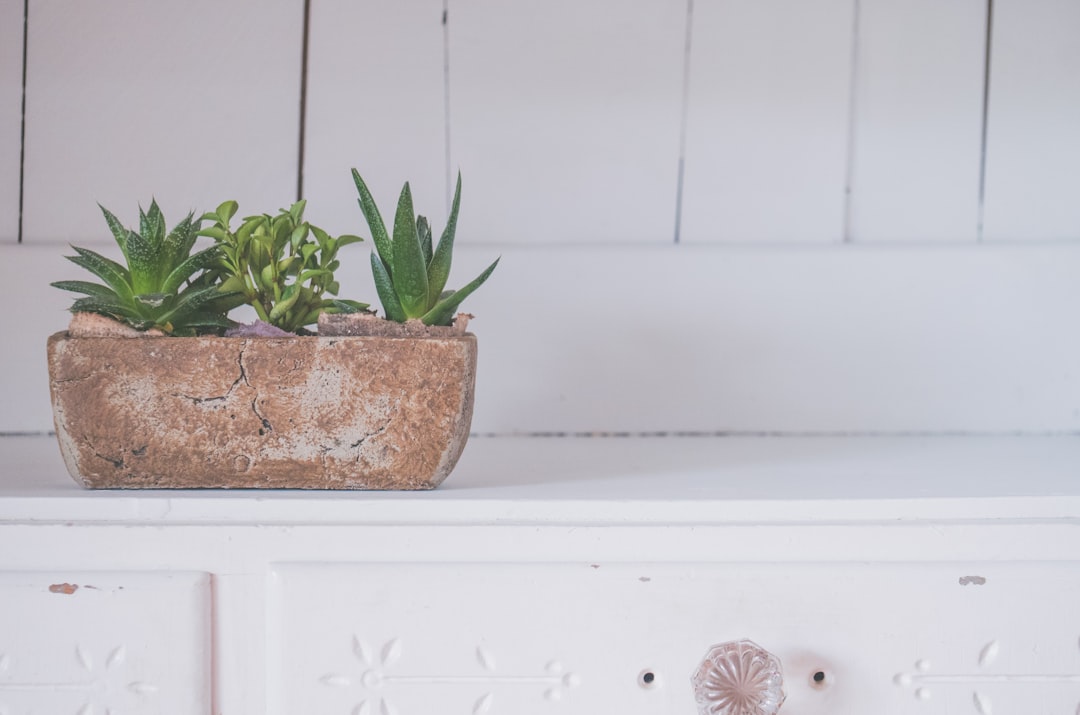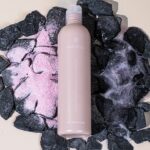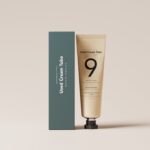Aftercare is a crucial aspect of any beauty or wellness treatment, yet it is often overlooked. You may find yourself excited about the immediate results of a procedure, but neglecting aftercare can lead to complications that diminish those results. Proper aftercare not only enhances the effectiveness of the treatment but also ensures your skin remains healthy and vibrant.
By dedicating time and attention to aftercare, you can significantly improve your overall experience and satisfaction with the treatment. Moreover, aftercare plays a vital role in preventing adverse reactions. Your skin may be sensitive or vulnerable following a procedure, making it essential to follow specific guidelines to promote healing.
Ignoring these guidelines can lead to irritation, infection, or even scarring. By understanding the importance of aftercare, you empower yourself to take control of your skin’s health and longevity. This proactive approach can help you maintain the results of your treatment for a more extended period, allowing you to enjoy the benefits without unnecessary setbacks.
Key Takeaways
- Aftercare is crucial for maintaining the results of any skincare treatment
- Gentle cleansing and moisturizing are essential for promoting healing and preventing irritation
- Sun exposure should be avoided to prevent damage and maintain the skin’s health
- Regular exfoliation can help prevent ingrown hairs and maintain smooth skin
- Aloe vera and calming products can help soothe the skin and reduce redness and irritation
- Harsh chemicals and fragrances should be avoided to prevent further irritation
- Regular follow-up treatments are important for maintaining the results of skincare treatments
- Seeking professional advice is important for personalized aftercare recommendations and addressing any concerns
Gentle Cleansing and Moisturizing
One of the first steps in your aftercare routine should be gentle cleansing. After a treatment, your skin may be more sensitive than usual, so it’s essential to use a mild cleanser that won’t strip away natural oils or irritate your skin. Look for products that are free from harsh ingredients and fragrances.
Instead, opt for a gentle, hydrating cleanser that will effectively remove impurities without causing discomfort. This step is crucial in maintaining the integrity of your skin while promoting healing. Following cleansing, moisturizing becomes equally important.
A good moisturizer helps to lock in hydration and create a protective barrier on your skin. You should choose a product that is rich in nourishing ingredients, such as hyaluronic acid or ceramides, which can help restore moisture levels and support your skin’s natural barrier function. Regularly applying moisturizer will not only keep your skin feeling soft and supple but also aid in the recovery process after your treatment.
Remember, hydrated skin is happy skin, and it will reflect your commitment to aftercare.
Avoiding Sun Exposure
Sun exposure can be one of the most detrimental factors for your skin post-treatment. After undergoing a procedure, your skin may be more susceptible to damage from UV rays, leading to complications such as hyperpigmentation or prolonged healing times. To protect your investment and ensure optimal results, it’s essential to avoid direct sunlight for at least a few weeks following your treatment.
If you must go outside, wearing a wide-brimmed hat and seeking shade can provide additional protection. In addition to avoiding direct sun exposure, applying a broad-spectrum sunscreen with an SPF of 30 or higher is non-negotiable. Sunscreen acts as a shield against harmful UV rays and helps prevent any adverse effects on your skin.
Make it a habit to apply sunscreen daily, even on cloudy days or when you’re indoors, as UV rays can penetrate windows. By prioritizing sun protection in your aftercare routine, you are taking significant steps toward maintaining healthy skin and prolonging the results of your treatment.
Exfoliation and Ingrown Hair Prevention
| Method | Effectiveness | Frequency |
|---|---|---|
| Physical Exfoliation | Medium | 2-3 times per week |
| Chemical Exfoliation | High | 1-2 times per week |
| Moisturizing | Low | Everyday |
| Proper Shaving Technique | High | Every time |
Exfoliation is an essential part of any skincare routine, but it requires special consideration after certain treatments. While exfoliating can help remove dead skin cells and promote cell turnover, it’s crucial to wait until your skin has fully healed before reintroducing this step into your regimen. Once you’re cleared to exfoliate, opt for gentle methods such as chemical exfoliants with alpha-hydroxy acids (AHAs) or beta-hydroxy acids (BHAs) that won’t irritate your sensitive skin.
Preventing ingrown hairs is another critical aspect of aftercare, especially if you’ve undergone hair removal treatments. Ingrown hairs can lead to discomfort and unsightly bumps on the skin. To minimize this risk, consider incorporating products designed to prevent ingrown hairs into your routine.
These products often contain soothing ingredients that help keep hair follicles clear and promote healthy hair growth. By being proactive about exfoliation and ingrown hair prevention, you can maintain smooth and healthy skin while enjoying the benefits of your treatment.
Using Aloe Vera or Calming Products
Incorporating soothing products into your aftercare routine can make a significant difference in how your skin feels post-treatment. Aloe vera is renowned for its calming properties and can provide instant relief to irritated or inflamed skin. Applying pure aloe vera gel can help reduce redness and promote healing while keeping your skin hydrated.
Its natural anti-inflammatory properties make it an excellent choice for soothing any discomfort you may experience after a procedure. In addition to aloe vera, consider using other calming products that contain ingredients like chamomile or calendula. These natural extracts are known for their soothing effects and can help alleviate any irritation or sensitivity you may encounter during the healing process.
Avoiding Harsh Chemicals and Fragrances
Opt for Gentle Formulations
Instead of reaching for products laden with synthetic ingredients, opt for gentle formulations that prioritize natural ingredients known for their soothing properties.
Reading Labels Carefully
Reading labels carefully is crucial in this regard. Look for products labeled as hypoallergenic or formulated specifically for sensitive skin. Ingredients like glycerin, shea butter, and natural oils can provide hydration without causing irritation.
Ensuring Proper Healing
By steering clear of harsh chemicals and fragrances, you are taking an important step toward ensuring that your skin heals properly while maintaining its health and vitality.
Regular Follow-Up Treatments
Incorporating regular follow-up treatments into your skincare routine can significantly enhance the results of your initial procedure. These treatments are designed to maintain the benefits you’ve gained while addressing any ongoing concerns you may have about your skin’s health. Whether it’s scheduling touch-up appointments or additional sessions based on the type of treatment you’ve received, consistency is key.
Regular follow-ups allow professionals to monitor your progress and make necessary adjustments to your skincare regimen. They can provide personalized recommendations tailored to your unique needs, ensuring that you continue to see improvements over time.
Seeking Professional Advice
Finally, never underestimate the value of seeking professional advice when it comes to aftercare. Your skincare professional is equipped with the knowledge and expertise needed to guide you through the post-treatment process effectively. If you have any questions or concerns about how to care for your skin after a procedure, don’t hesitate to reach out for guidance.
Consulting with a professional allows you to receive personalized recommendations based on your specific skin type and treatment history. They can help you navigate any challenges you may encounter during the healing process and provide solutions tailored to your needs. By prioritizing professional advice in your aftercare routine, you empower yourself with the tools necessary for achieving optimal results while ensuring the health and well-being of your skin.
In conclusion, aftercare is an integral part of any beauty or wellness treatment that should not be overlooked. By understanding its importance and implementing effective strategies such as gentle cleansing, sun protection, exfoliation prevention, soothing products, avoiding harsh chemicals, regular follow-ups, and seeking professional advice, you can significantly enhance the results of your treatment while promoting long-term skin health. Your commitment to aftercare will ultimately reflect in the vibrancy and resilience of your skin, allowing you to enjoy the benefits of your efforts for years to come.
For more information on the best aftercare for laser hair removal at home, check out this article on inlaserhairremoval.com. This article provides helpful tips and advice on how to properly care for your skin after undergoing laser hair removal treatment. It covers topics such as moisturizing, avoiding sun exposure, and using gentle skincare products to ensure the best results. Be sure to follow these guidelines to maintain smooth and hair-free skin at home.
FAQs
What is laser hair removal?
Laser hair removal is a cosmetic procedure that uses a concentrated beam of light (laser) to remove unwanted hair. The laser targets the pigment in the hair follicles, damaging them and inhibiting future hair growth.
What is the best aftercare for laser hair removal at home?
The best aftercare for laser hair removal at home includes keeping the treated area clean and moisturized, avoiding sun exposure, using gentle skincare products, and avoiding activities that may irritate the skin, such as hot showers or rigorous exercise.
How should I clean and moisturize the treated area after laser hair removal?
After laser hair removal, it is important to clean the treated area with a gentle cleanser and water. Pat the area dry and apply a soothing, fragrance-free moisturizer to keep the skin hydrated and promote healing.
Why is it important to avoid sun exposure after laser hair removal?
Sun exposure can increase the risk of complications and side effects after laser hair removal, such as hyperpigmentation or skin irritation. It is important to protect the treated area from the sun by wearing sunscreen and protective clothing.
Can I use skincare products after laser hair removal?
It is important to use gentle, fragrance-free skincare products after laser hair removal to avoid irritation and promote healing. Avoid using products with harsh chemicals or exfoliants on the treated area.
What activities should I avoid after laser hair removal?
After laser hair removal, it is best to avoid activities that may irritate the skin, such as hot showers, swimming in chlorinated pools, and rigorous exercise. It is also important to avoid picking or scratching the treated area.








